Latin: Mus musculus
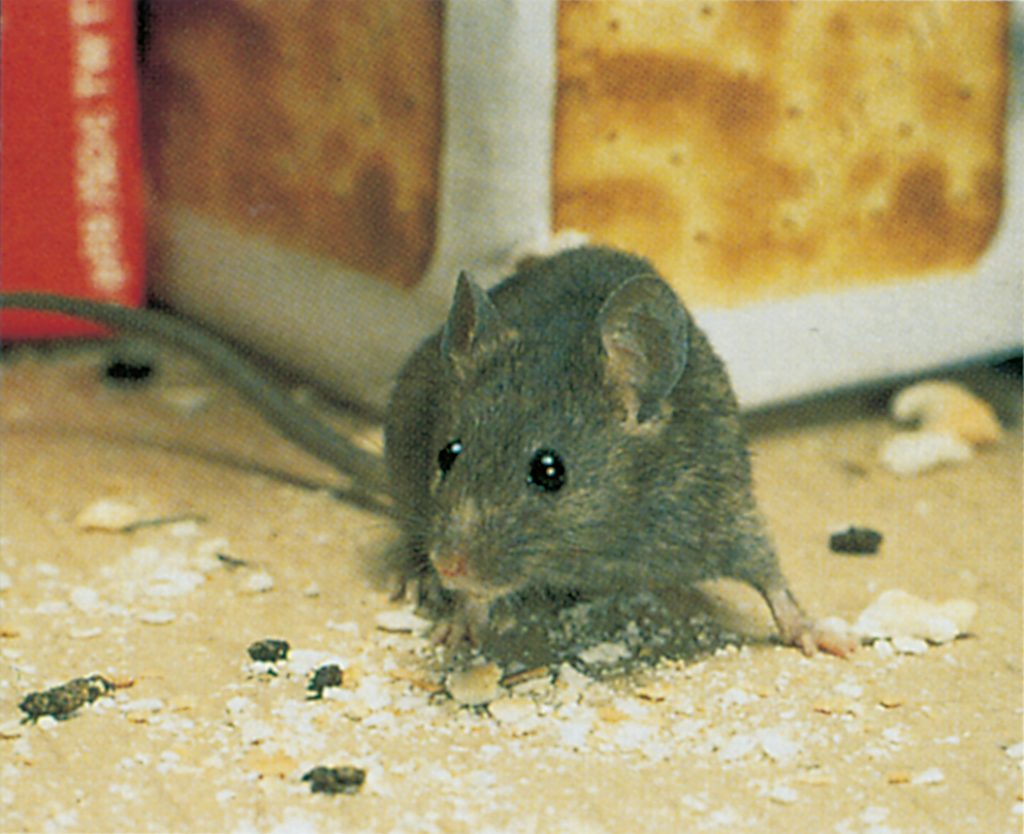
The house mouse came originally from south-western Asia. It has spread to all parts of the earth, mainly with the help of man. It has an amazing ability to adapt and it now occurs more or less wherever man has settled.
In most areas this mouse is associated with buildings, often moving out into the fields in summer, but almost always retreating indoors in autumn.
In buildings these mice will establish themselves wherever they can find sufficient food and nest material.
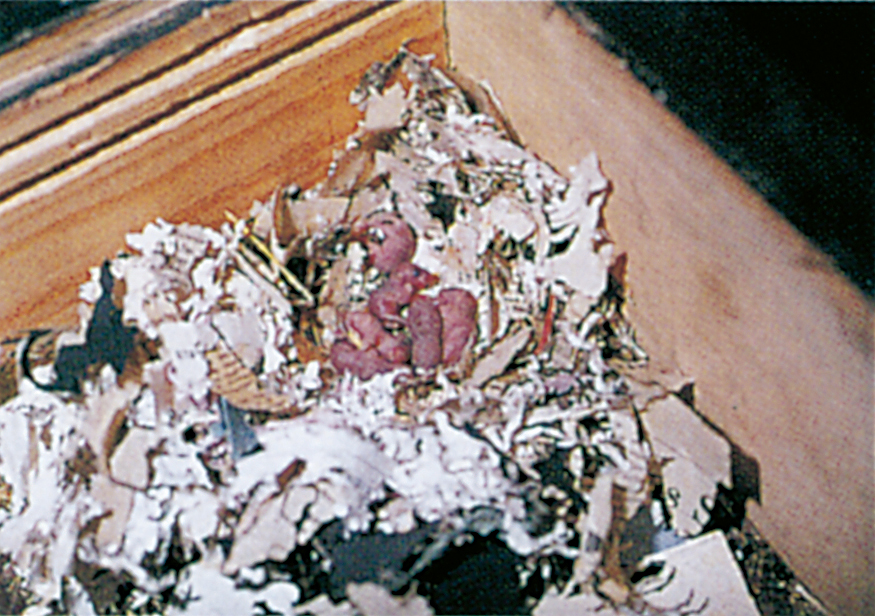
They live mainly in lofts, under floors and in cavities in masonry, whence they gnaw their way through wooden partitions into kitchens and other places where they can find food.
The nest is always built in a sheltered position, and it consists merely of an irregular mass of any available material, such as cloth, wool or paper.
When conditions are favourable, house mice can breed throughout the year, producing up to ten litters in that period, but more usually no more than five or six.
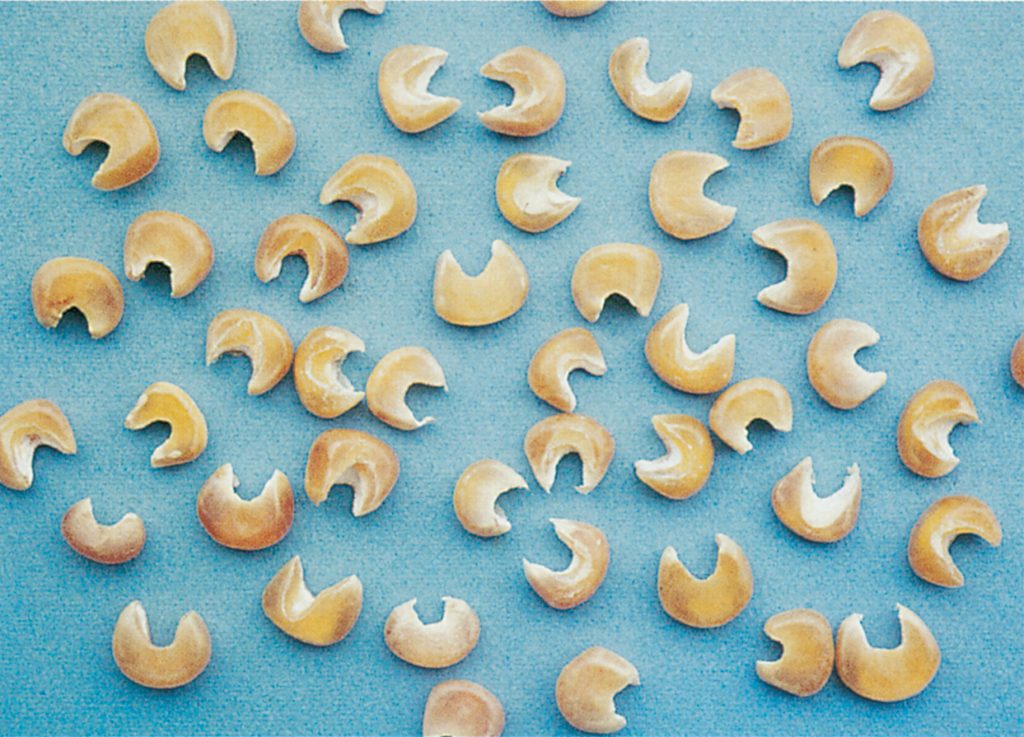
House mice are omnivorous but they prefer seeds, particularly cereals and cereal products, but when these are lacking they will feed on the strangest things, such as soap, wax candles and putty.
An adult mouse eats about 3 grams of solid food a day, which corresponds to 70-100 grains of wheat, but they destroy many more because ‘they seldom consume the whole grain.
In fact the main damage done by mice is to foul goods with urine and excrement and to destroy sacks and other packing by gnawing through them.
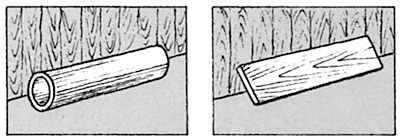
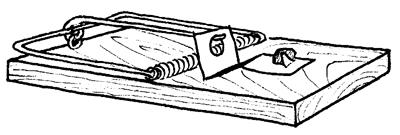
They also damage many other things by gnawing them, as for example timber, insulating materials, paper and textiles.




